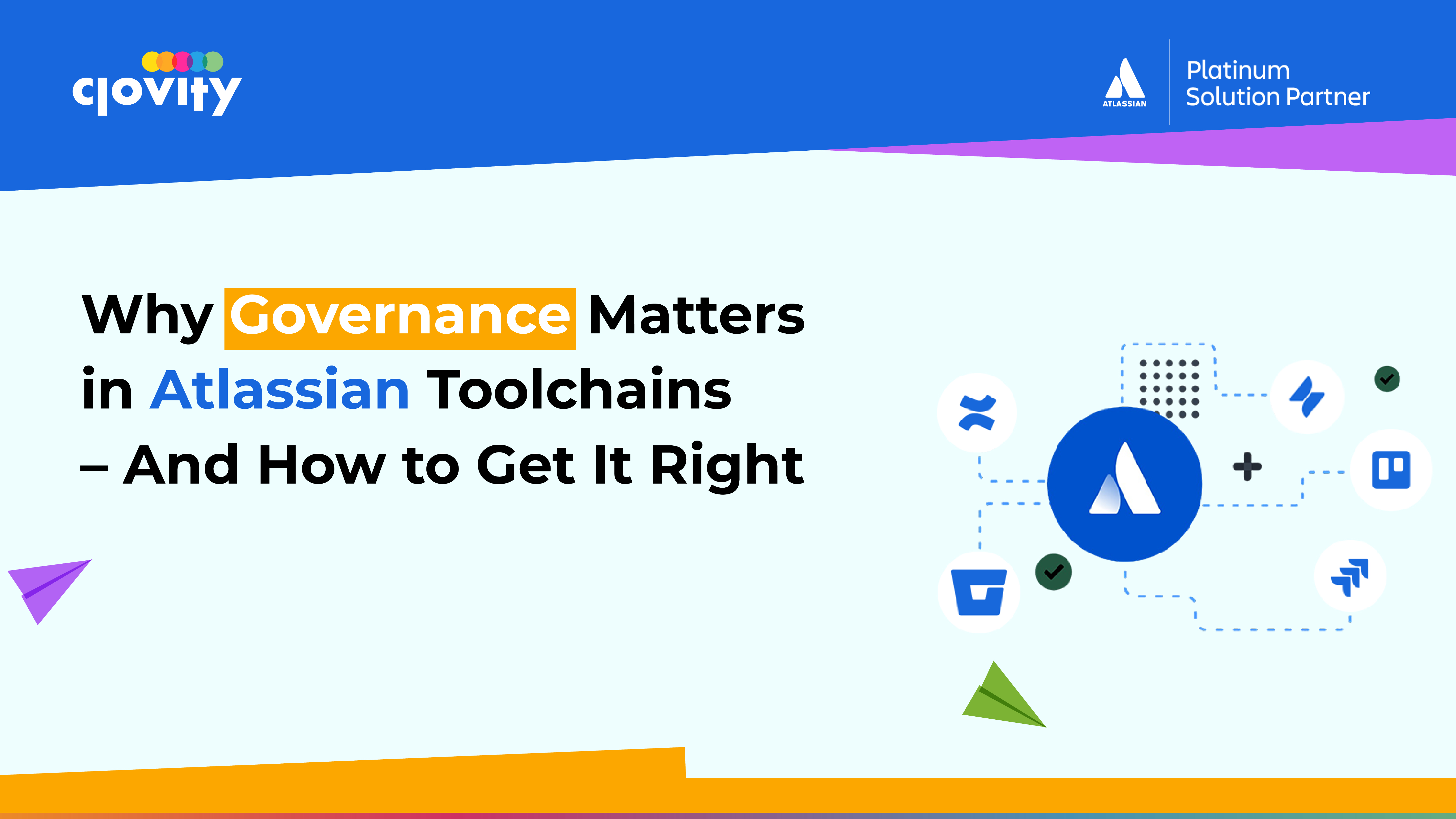Organizations adopt Atlassian tools to improve collaboration, manage projects, and accelerate delivery. Jira Software tracks work, Confluence centralizes documentation, and Jira Service Management structures support processes. However, as usage scales, risks grow: tool sprawl, inconsistent configurations, security oversights, and compliance gaps can silently proliferate. That’s where governance comes in.
Governance isn’t about bureaucracy—it’s about guardrails that ensure productivity, security, and compliance coexist. Below, we explore what governance means for Atlassian, why it’s critical, and how to build a framework that serves both administrators and users.
What Is Governance in the Atlassian Context?
Governance comprises the policies, roles, processes, and controls that guide how Atlassian tools are configured, used, and maintained. It addresses:
- Project & Space Administration: Who may create or administer?
- Standards & Consistency: How are workflows, fields, and permissions standardized?
- Access Management: How is user access governed across teams and products?
- Change Control: How are changes proposed, reviewed, and documented?
- Data Lifecycle: How is data retained, archived, or deleted?
Why Governance Is Critical as Usage Grows
- Security & Access Control: Prevent overly permissive admin privileges and open projects; ensure sensitive data is accessible only by authorized roles.
- Consistency & Standardization: Avoid fragmented workflows, fields, and issue types; use templates and naming conventions.
- Compliance & Auditability: Track changes—who did what, when; document approval workflows and retention policies; restrict data visibility per regulatory requirements.
- Operational Efficiency: Archive inactive projects and decommission unused fields; implement request processes and lifecycle policies to reduce clutter.
What Good Governance Looks Like in Practice
- Define Roles & Responsibilities: Tool Owners, Administrators, a Governance Board, and Project/Space Owners.
- Document Policies & Procedures: User provisioning workflows; naming conventions; change-request forms; retention guidelines; store all in Confluence.
- Standardize Templates & Schemes: Jira issue-type, workflow, screen, and permission schemes; Confluence page and space blueprints.
- Implement Change Management: Require forms for new fields or workflows; conduct impact analysis and governance review; schedule deployments.
- Audit & Monitor Regularly: Quarterly reviews of admin access, inactive projects, custom fields, automation rules, and security groups.
- Educate & Onboard Teams: Governance sessions for new admins; explain standards and escalation paths; maintain a “who to ask” guide.
How Clovity Helps You Get Governance Right
Governance in the Atlassian ecosystem is an ongoing alignment of users, tools, and business goals. Clovity’s services include environment audits, governance policy development, role design, template creation, user training, and ongoing admin support as a managed service.
Final Thoughts
Atlassian’s power lies in flexibility—but that flexibility demands thoughtful governance. By defining roles, setting standards, and building oversight, you unlock your tools’ full potential without adding risk or complexity. Good governance keeps teams moving forward with confidence, knowing their environment scales securely and sustainably.


